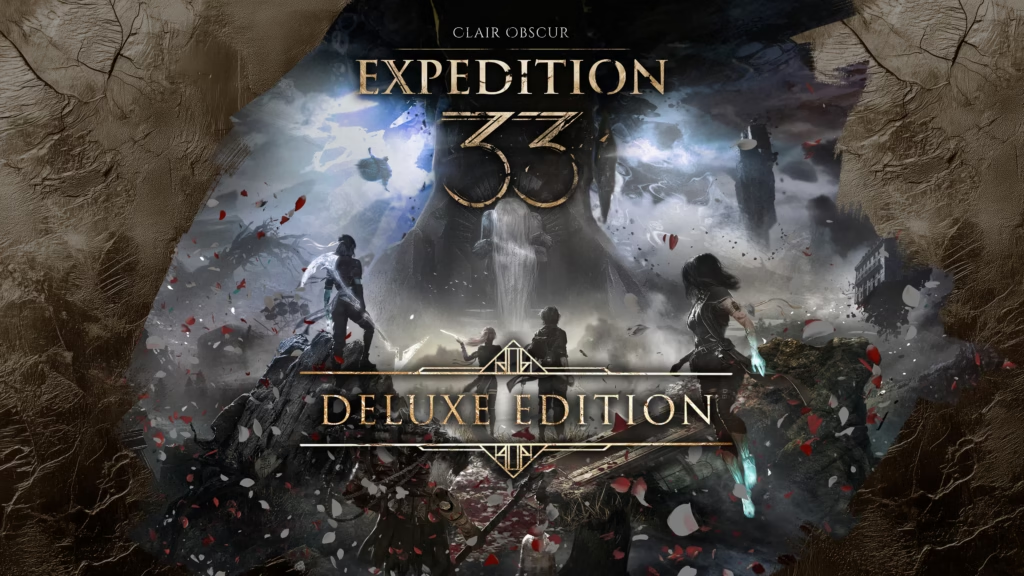
The Impact of Extended Development on Clair Obscur: Expedition 33 and Baldur’s Gate 3
In the realm of role-playing games (RPGs), the importance of allowing a game ample development time has been underscored by the successes of Clair Obscur: Expedition 33 and Baldur’s Gate 3. David Gaider, former lead writer of the Dragon Age series, highlighted this by stating that Clair Obscur is to JRPGs what Baldur’s Gate 3 is to CRPGs, emphasizing the benefits of giving a game “time to cook”
Both Clair Obscur: Expedition 33 and Baldur’s Gate 3 exemplify how extended development periods can lead to critically acclaimed games. Clair Obscur, developed by the relatively small team at Sandfall Interactive, achieved a Metacritic score of 92% and sold over 2 million copies within 12 days of its release. Baldur’s Gate 3, developed by Larian Studios, benefited from a prolonged early access period, allowing for iterative improvements based on player feedback
This Extended development time allowed both games to craft rich narratives. Clair Obscur presents a poignant story set in a Belle Époque-inspired world, where characters face existential threats and personal dilemmas. This game’s ability to balance heart-wrenching moments with lighthearted interactions contributes to its emotional depth. The Extended development time allowed both games to craft rich narratives. The additional development time facilitated the integration of innovative gameplay mechanics. Clair Obscur combines traditional turn-based combat with real-life actions like dodging and parrying, creating a dynamic battle system. Each character possesses unique mechanics, encouraging diverse playstyles. Baldur’s Gate 3 adheres to Dungeons
The Belle Époque was a period of cultural,artistic and technological flourishing in Europe, especially in France roughly spanningfrom the late 19th century to the outbreak of World War |in 1914.
Marked by peace, optimism, and prosperity, it was a golden age for the arts, characterized by the rise from the late 19th century to the outbreak of World War I in 1914. Marked by peace, optimism, and prosperity, it was a golden age for the arts, characterized by the rise of Art Nouveau, Impressionism, and the early avant-garde movements. Paris became the epicenter of creativity, with innovations in literature, music, fashion, architecture, and science. This era also saw significant advancements in technology, like the Eiffel Tower, electric lighting, and the automobile, which contributed to a growing sense of modernity. Despite its elegance and innovation, the Belle Époque was also a time of deep social inequalities and colonial expansion, making it both a romanticized and complex chapter in European history.
The additional development time facilitated the integration of innovative gameplay mechanics. Clair Obscur combines traditional turn-based combat with real-time elements like dodging and parrying, creating a dynamic battle system. Each character possesses unique mechanics, encouraging diverse playstyles. Baldur’s Gate 3 adheres to x rules, offering strategic depth and environmental interactions that enrich combat scenarios.
Despite being developed by a small team, Clair Obscur boasts high production values, featuring performances by actors such as Charlie Cox and Andy Serkis. The art direction of the game is powered by Unreal Engine 5, which delivers visually stunning environments that enhance storytelling. Baldur’s Gate 3 similarly benefits from detailed environments and character models, contributing to its immersive experience. The game emerges as a massive hit .
The commercial success of both games underscores the viability of investing time in game development. Clair Obscur’s rapid sales trajectory and critical acclaim demonstrate that even new intellectual properties can achieve significant market impact when given adequate development time. Baldur’s Gate 3’s success reinforces the value of early access and community engagement in refining game experiences.
The achievements of ClairObsur, Expedition 33, and Baldur’s Gate 3 illustrate the benefits of allowing games sufficient development time. Their successes suggest that patience and a focus on quality can lead to both critical acclaim and commercial viability. As the gaming industry continues to evolve, these titles serve as benchmarks for the potential of well-developed, narrative-rich role-playing games.
Keep reading Khiladi Cafe for more such analysis.